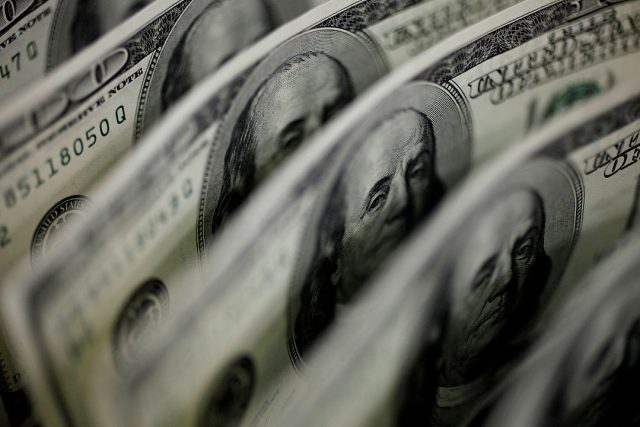
By Luz Wendy T. Noble, Reporter
THE country’s dollar buffers as of end-August increased to its highest level in seven months, thanks to the increase in special drawing rights (SDRs) from the International Monetary Fund (IMF).
The gross international reserves (GIR) as of end-August hit $108.046 billion, based on preliminary data from the Bangko Sentral ng Pilipinas (BSP). This is 0.84% higher than the $107.151 billion as of end-July, and 9.2% up from the $98.954 billion as of end-August 2020.
The end-August GIR level is the highest since the $108.673 billion as of end-January.
“In August, the increase in the reserves was due mainly to the additional allocation of special drawing rights to the Philippines given the IMF’s efforts to increase global liquidity amid the pandemic,” the BSP said in a statement on Monday.
The Philippines gained SDRs equivalent to $2.777 billion, as part of the IMF’s distribution of around $650 billion in SDRs to its members as part of its efforts to help countries recover from the coronavirus pandemic.
“This was partly offset, however, by the National Government’s (NG) foreign currency withdrawals from its deposits with the BSP as the NG settled its foreign currency debt obligations and paid for various expenditures, and the BSP’s net foreign exchange operations,” the BSP said.
An ample level of foreign exchange buffers safeguards an economy from market volatility and is an assurance of the country’s capability to pay debts in the event of an economic downturn.
At its end-August level, the GIR is enough to cover 12.3 months’ worth of imports of goods and payments of services and primary income. It is likewise equivalent to about 7.8 times the country’s short-term external debt based on original maturity and 5.4 times based on residual maturity.
Broken down, reserves in the form of SDRs surged by 2.26 times to $3.996 billion from $1.223 billion as of end-July and by 2.29 times versus the $1.214-billion level a year earlier.
Meanwhile, foreign currency deposits rose 2.7% to $3.417 billion from $3.327 billion in the previous month and by 32.6% from $2.577 billion as of end-August 2020.
The value of buffers in gold holdings also inched up 0.07% to $9.155 billion from $9.148 billion. However, it was 24% lower than the $12.039 billion a year ago.
On the other hand, the country’s reserve position in the IMF slipped 0.3% to $797.2 million from $799.7 million as of end-July. This was also 5.8% lower than the $753.7 million in August 2020.
Foreign investments also decreased 2.1% to $90.679 billion as of end-August from the previous month. It increased by 10% from the $82.370 billion in August 2020.
The country’s ample GIR level can be used by the BSP to ease volatility in the spot market, ING Bank N.V. Manila Senior Economist Nicholas Antonio T. Mapa said.
“With the impending US Federal Reserve’s policy normalization, it remains imperative that the BSP maintains a sizeable amount of GIR at its disposable to deal with potential bouts of volatility and foreign exchange instability,” Mr. Mapa said in an e-mail.
Meanwhile, Rizal Commercial Banking Corp. Chief Economist Michael L. Ricafort said the sufficient GIR buffers strengthens the case for the Philippines to retain its favorable credit rating as this reflects strong external position.
The country’s GIR reached an all-time high of $110.117 billion at end-2020. The BSP expects this to climb to $115 billion by end-2021.
Dollar reserves rise to seven-month high
Source: Bantay Radio
0 Comments